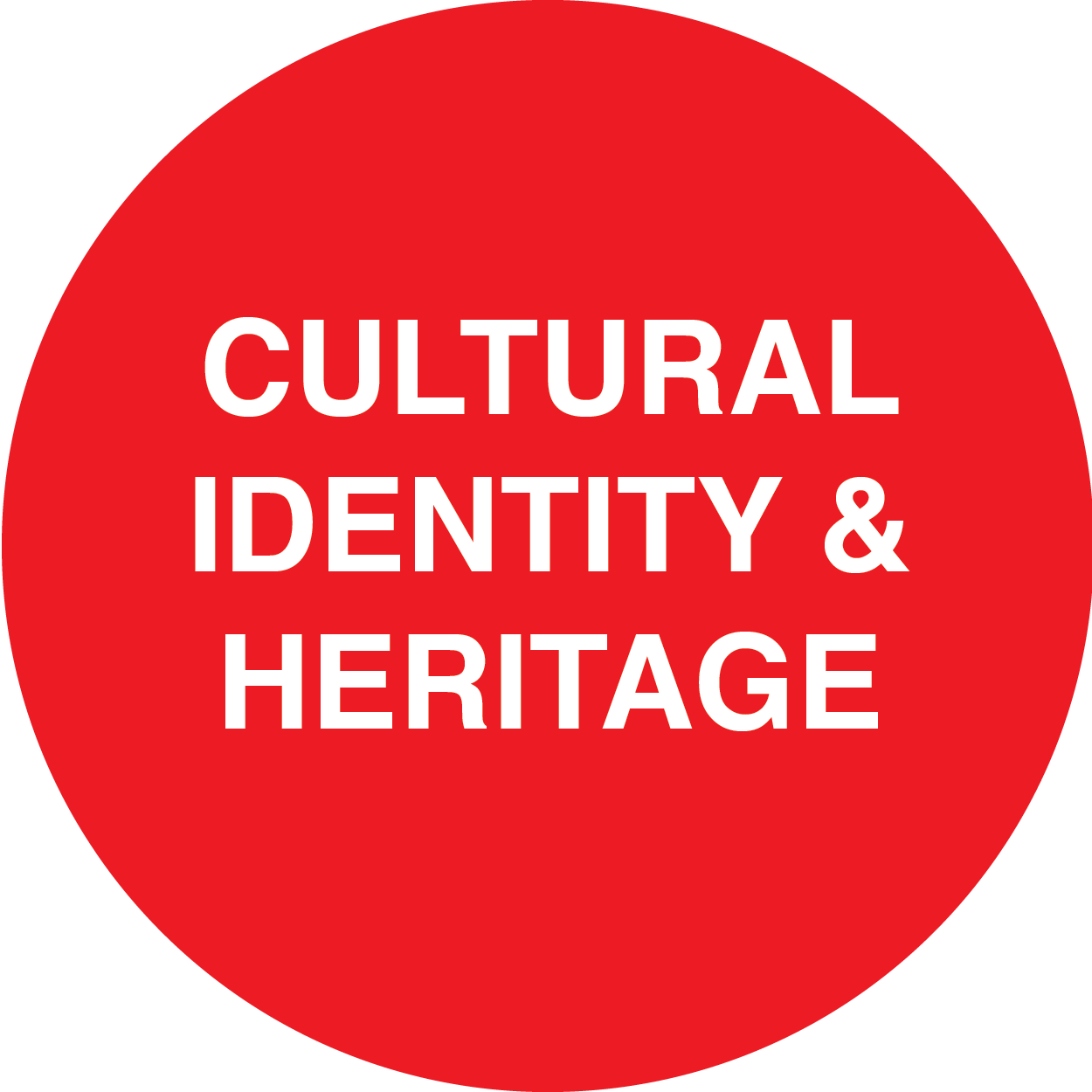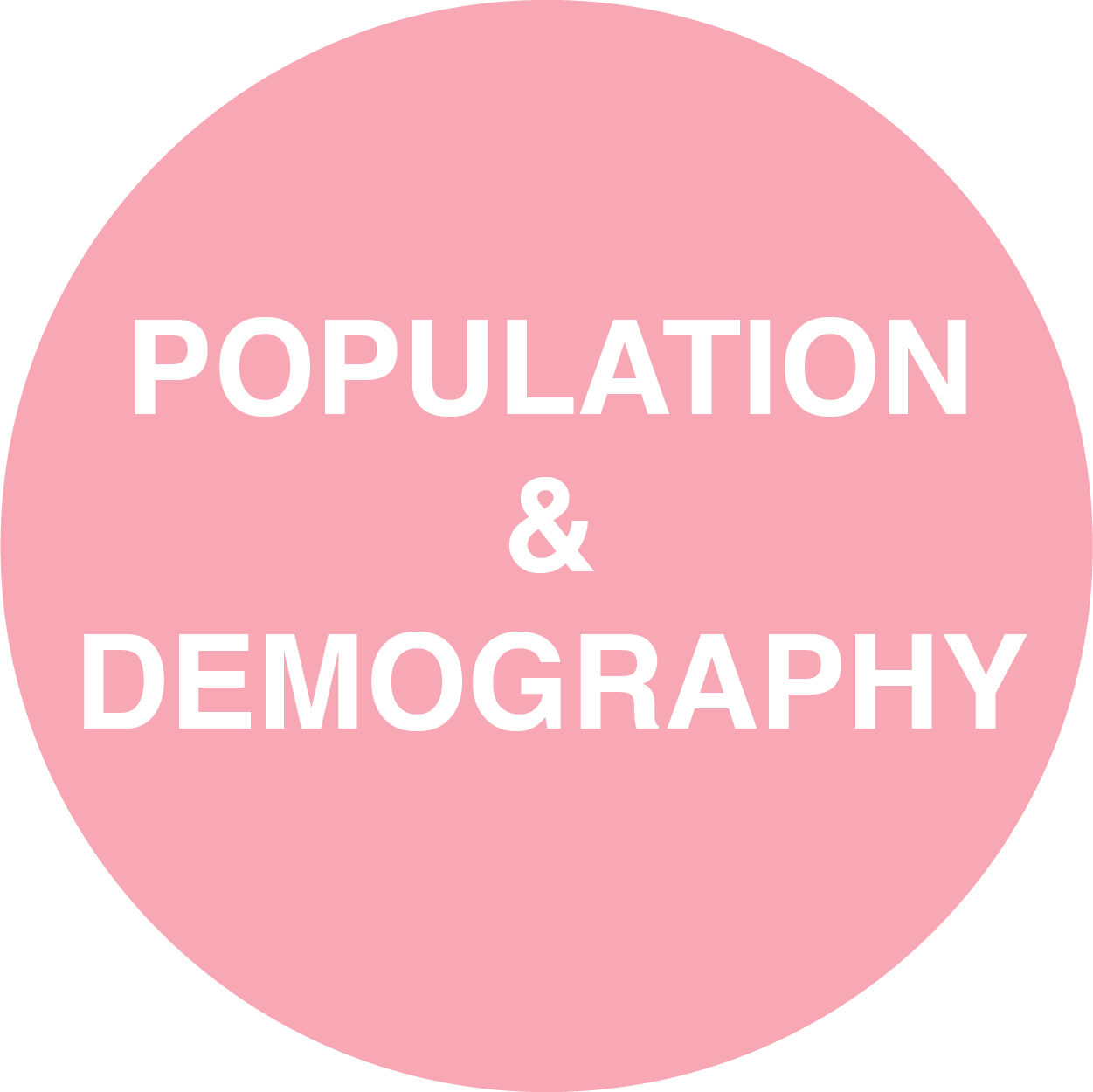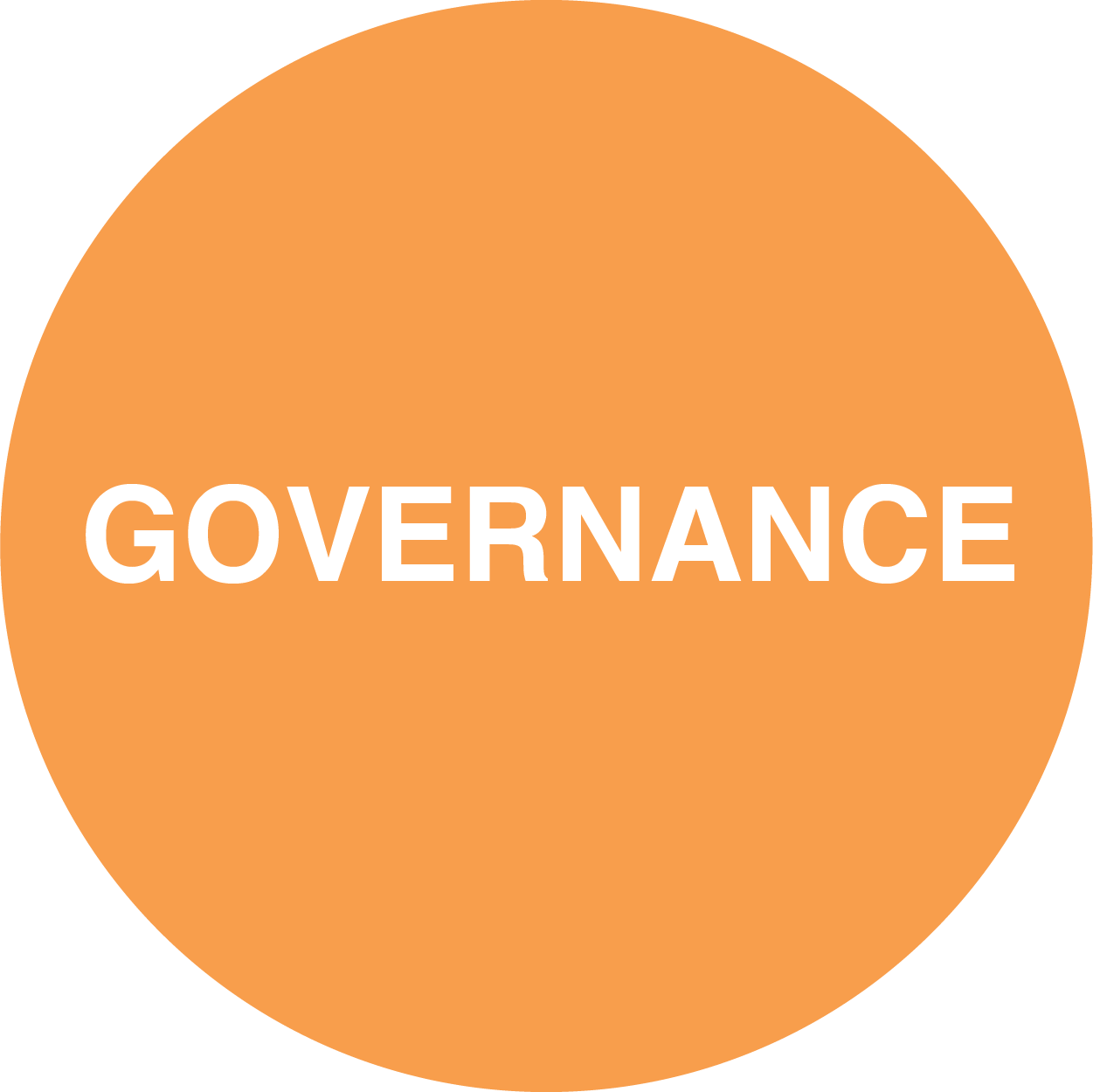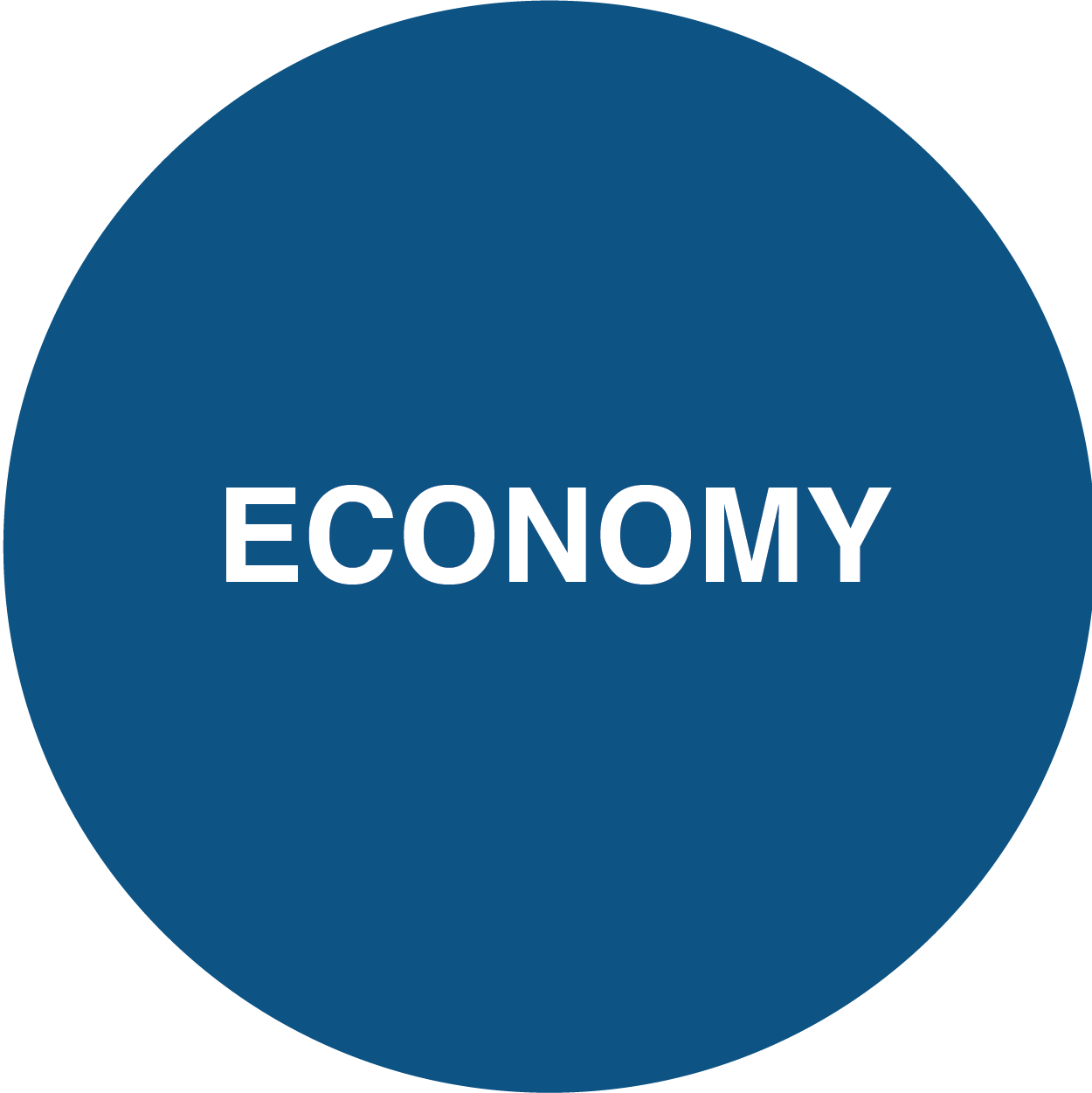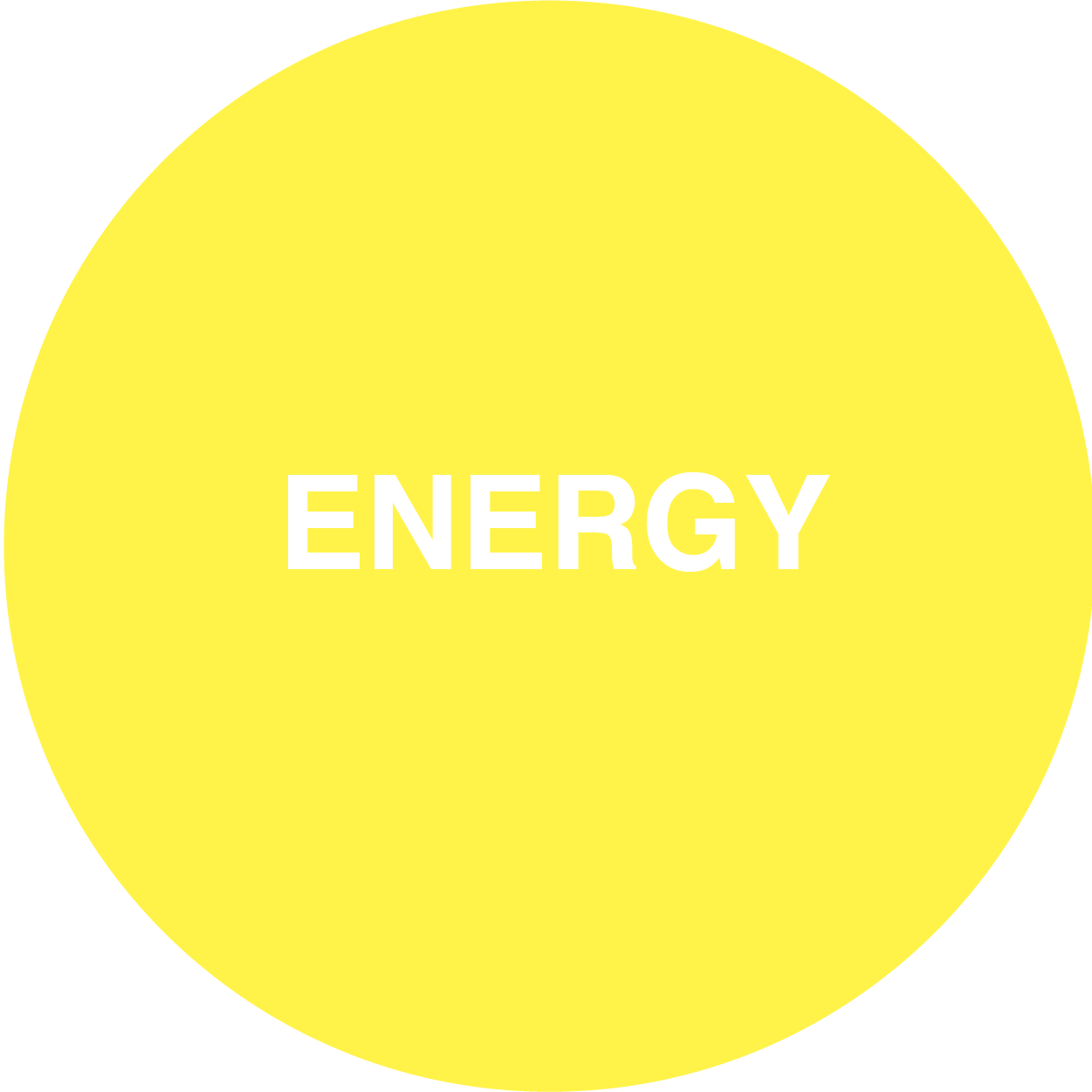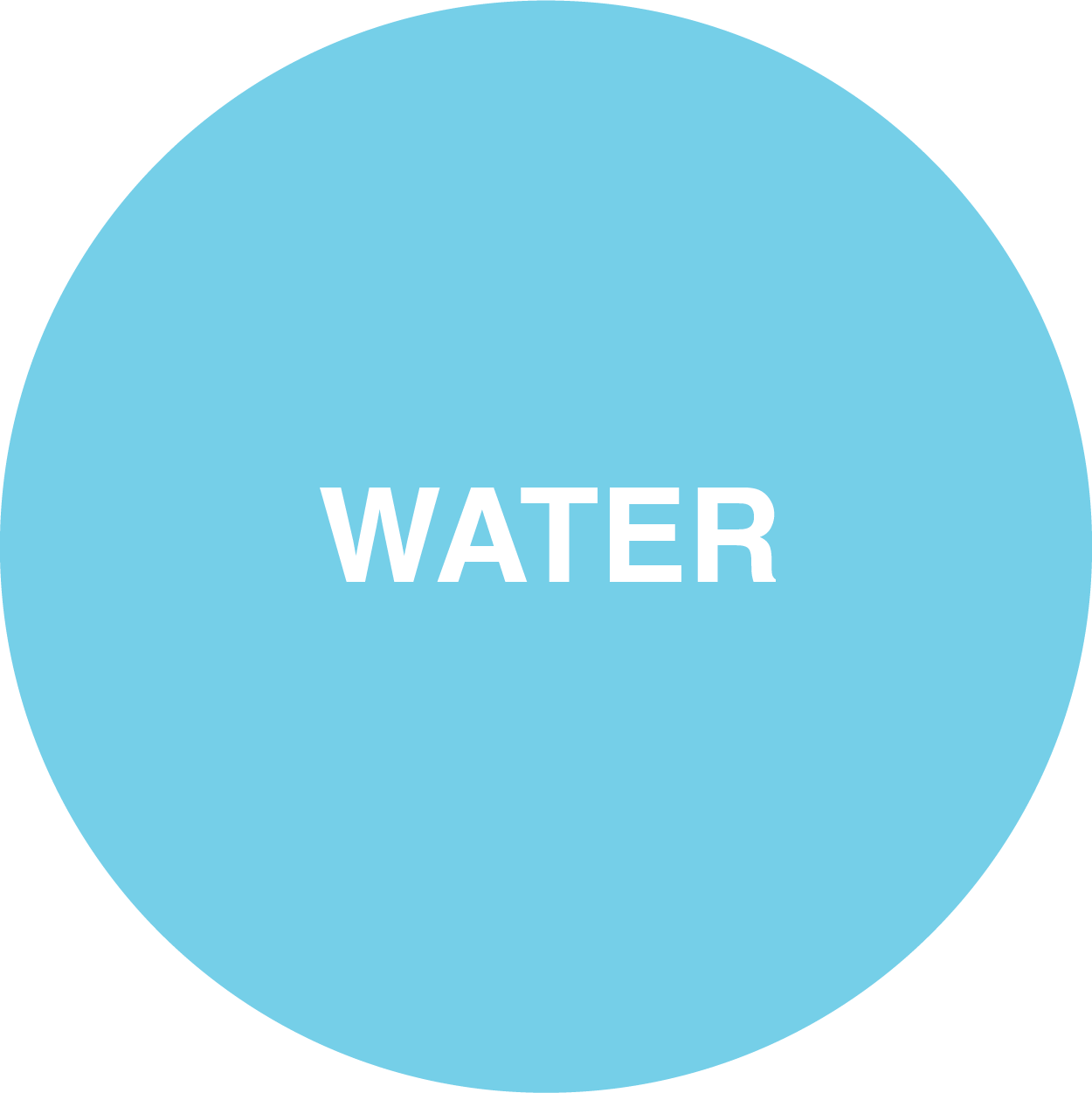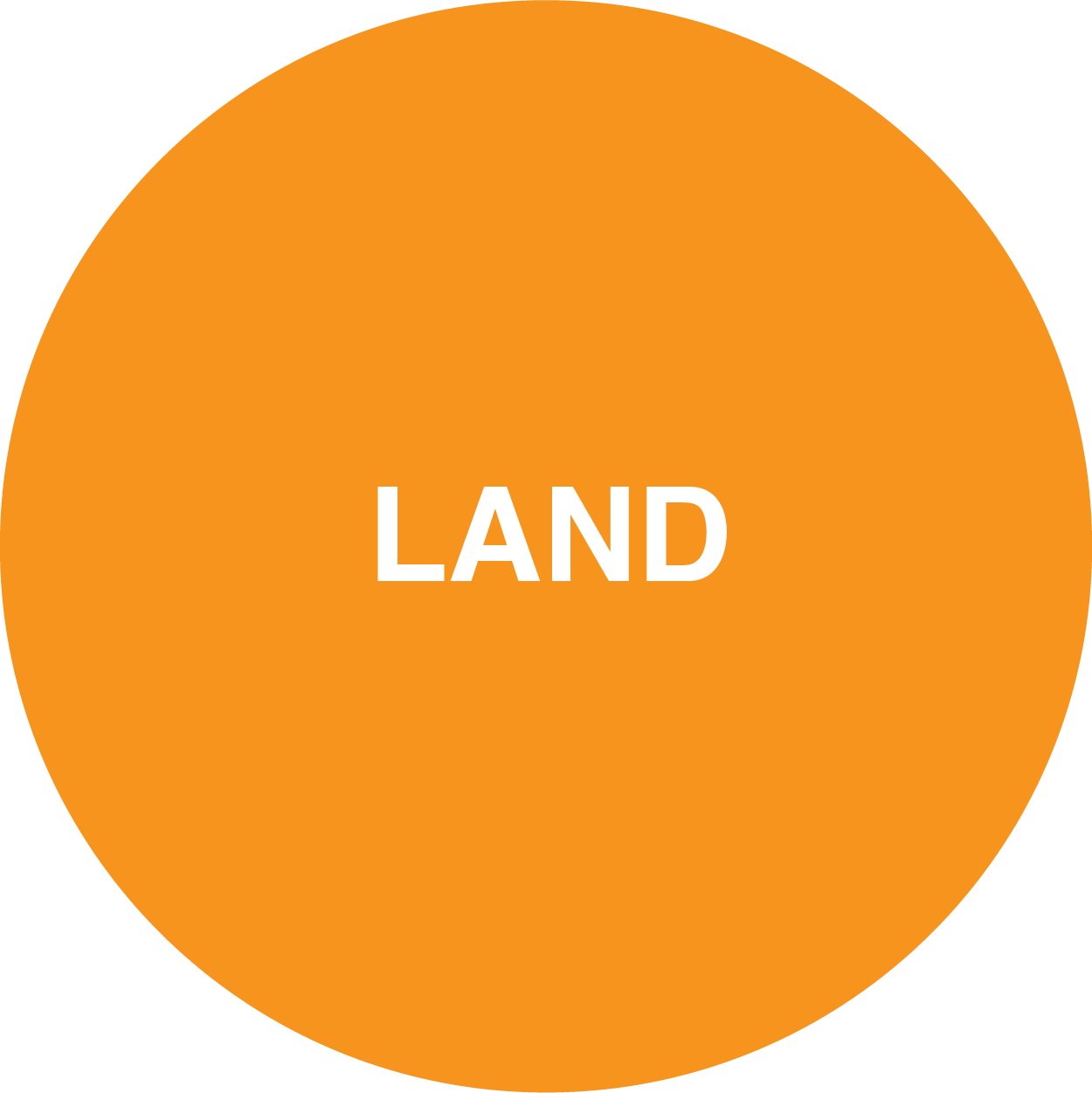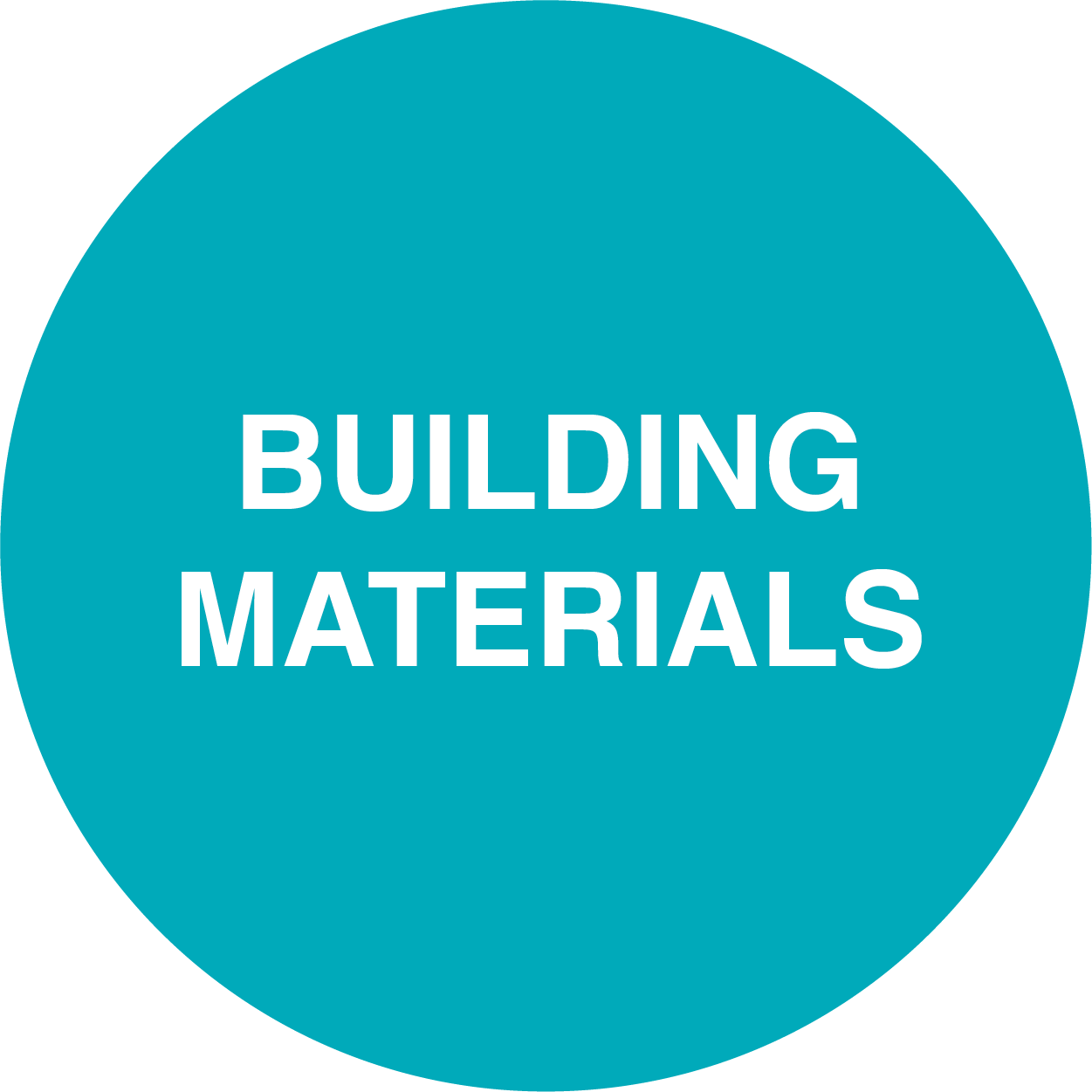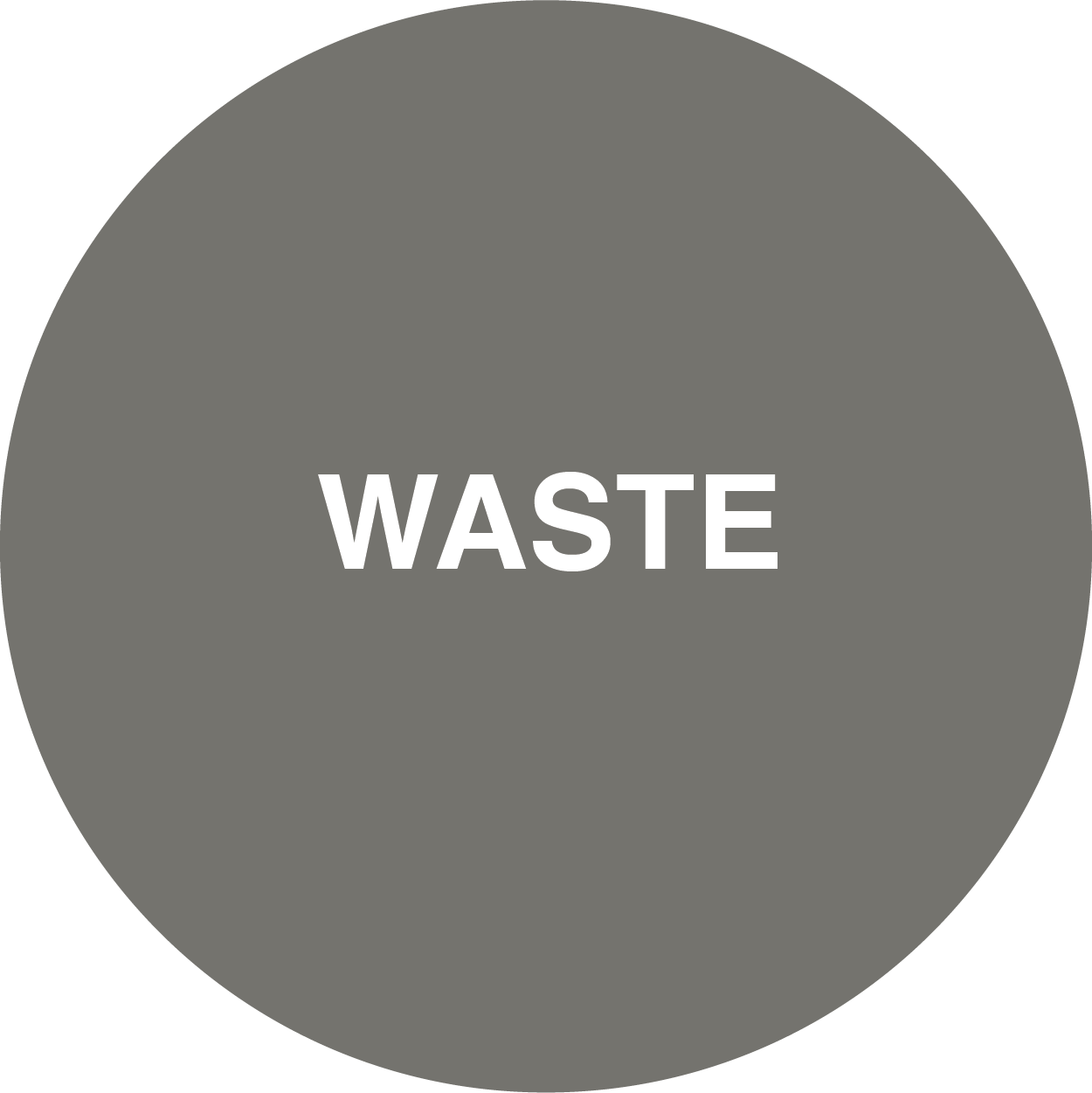FAR is at work on the socio-technical analysis of the territory of Rapa Nui, the legendary island in the middle of the Pacific Ocean, home to the Moai sculptures and also known as Easter Island, which relies, for its subsistence, on energy supplies from the South American continent, 2,000 nautical miles away. Such a sombering fact for one of the most iconic places in the world casts just enough light on the pressures that isolation, small size and limited sets of resources place on certain territories’ ability to sustain their own livelihood.
In spite of its global fame and inscription in the list of World Heritage sites, Rapa Nui exists on a path of general resource dependency that ties it to the mainland nation it belongs administratively, Chile, and which conditions not only development opportunities but also building characteristics. Within an economic environment however defined by material scarcity and remoteness-related high cost of living, human settlements present numerous challenges – from land use to soil erosion, production and management of waste to infrastructural upkeeping, construction materials selection to typological choices, labour supply to work logistics. These, in the end, affect the ability of such settlements to grow or to function at their best.
Could Rapa Nui overcome these challenges by connecting them within a larger cultural, territorial and industrial strategy? Would this require or allow Rapa Nui to become self-sufficient energy-wise? Could this process inform or reinforce its monumental nature? Could building form evolve in order to exploit the resources available whilst strengthening the architectural identity of the island? Could waste be curbed or turned into an asset? Could building materials or energy be produced from it? Should strategic off-site prefabrication instead completely replace local production? Could a new economy emerge?
Paradoxically, it is this very set of questions that make Rapa Nui an ideal place to study in the context of modern environmental science, planning and technology. Due to its geographically isolated position, the island can work as a true laboratory for the experimental combination of multiple policies and actions in the absence of random external turbulence factors. A quintessential innovation test-bed, Rapa Nui can set precedents for the self-regulating capacity of circumscribed territories around the world.
This is what made FAR decide, in 2017, to focus a great deal of its intellectual energies on a long-term analysis, assessment and re-imagination of the socio-technical ecology that defines Rapa Nui and its built form, in collaboration with the Pontificia Universidad Catolica of Santiago de Chile, the Municipality and the Provincial Government of the Isla de Pascua, and the Sociedad Agrícola y Servicios Isla de Pascua (SASIPA). Of utmost significance here is the potential of the operation to facilitate the implementation of a full array of place-based scientific, physical, industrial, and planning activities that can show the world how small regions may provide for their building future by envisioning and enacting a circular economy appropriate to their locale.
Whilst the importance of achieving such a result for Rapa Nui is self-evident, the resonance of the undertaking reaches far beyond its shores. The kind of multidimensional engineering-supported ecology explicitly underlying the scope of the work is a necessary conceptual base to tackle instances of uneven development or environmental imbalance around the world. The Rapa Nui laboratory scenario provides a perfect R&D testing facility to gain on-the-ground experience on the social, cultural, economic and political viability of sketchable solutions.
